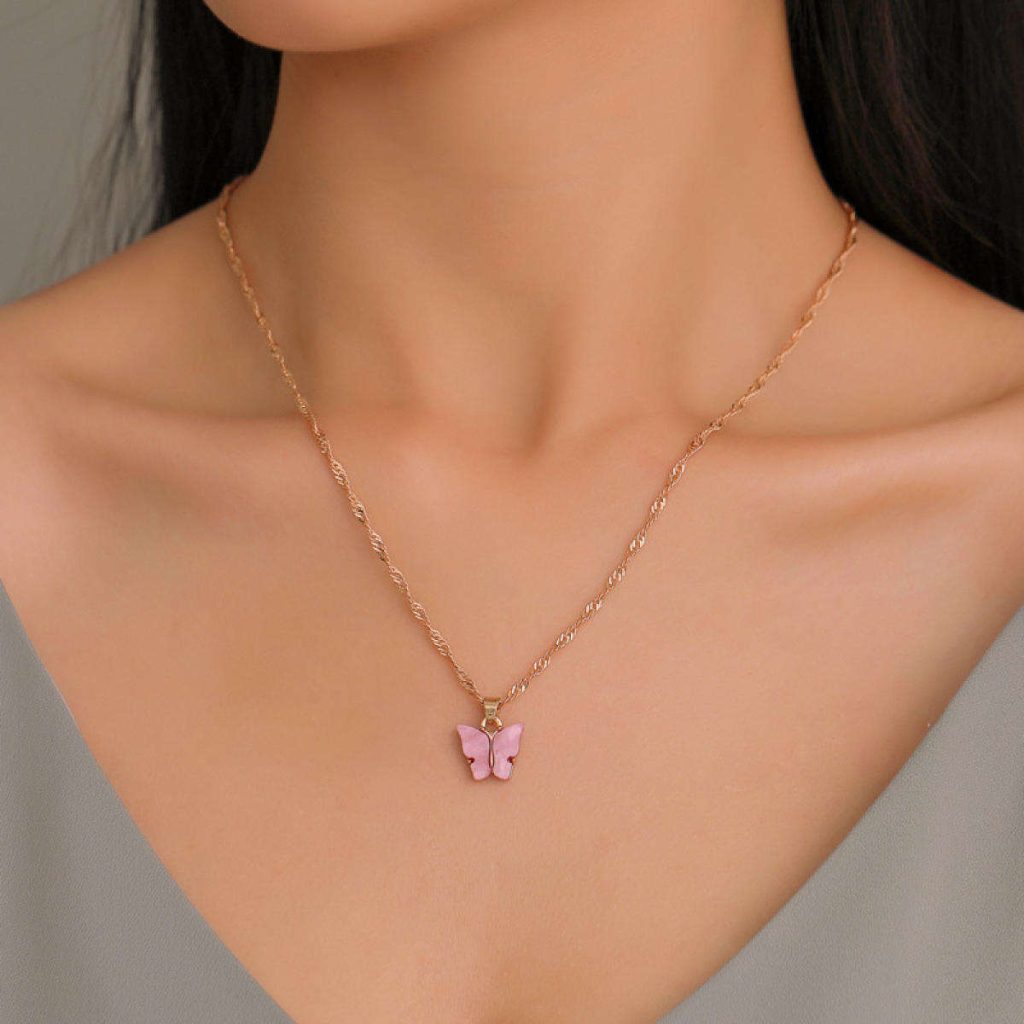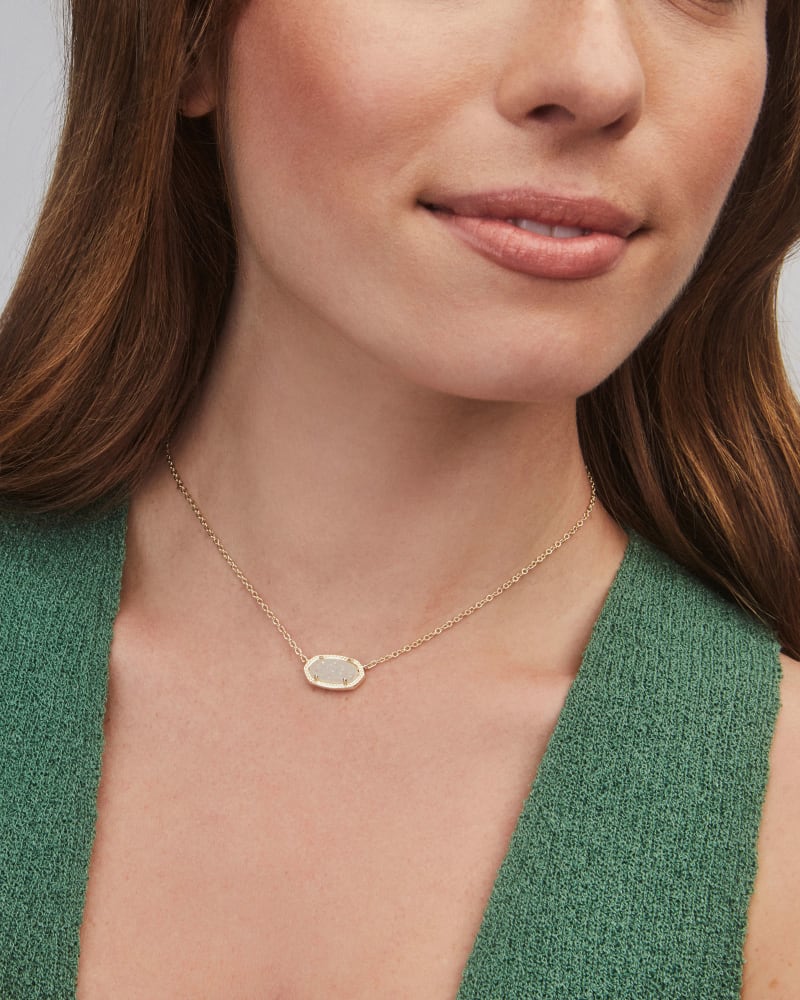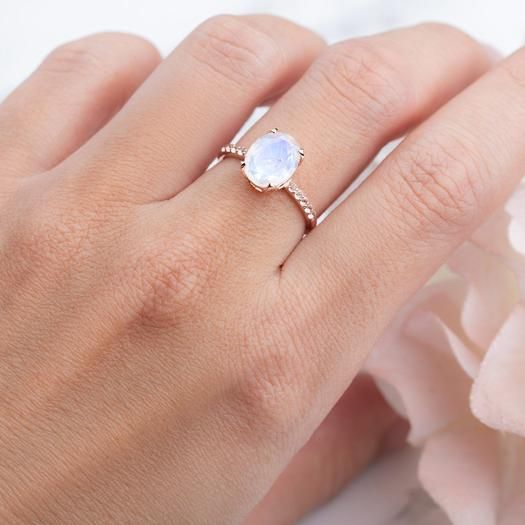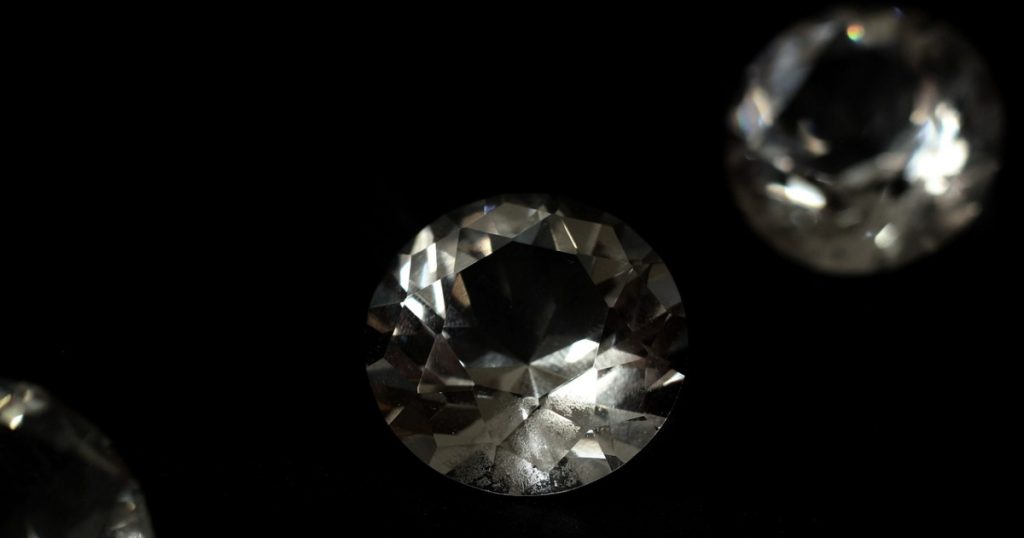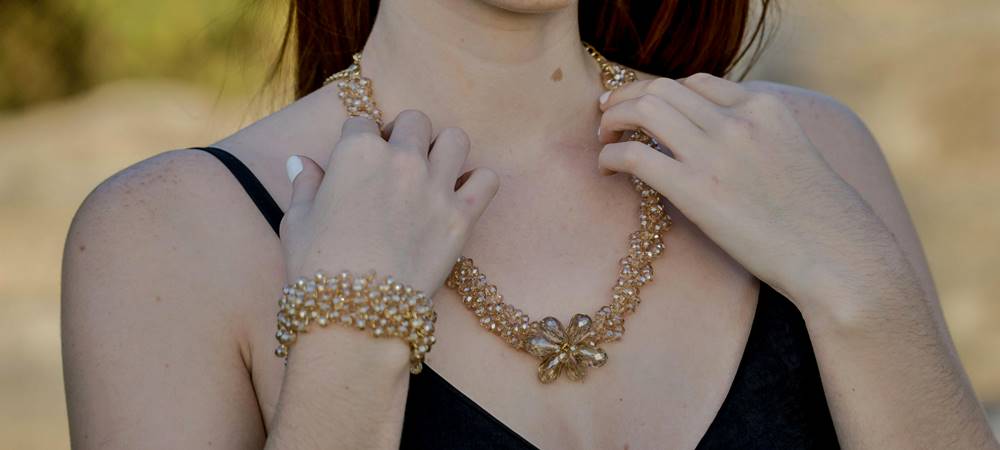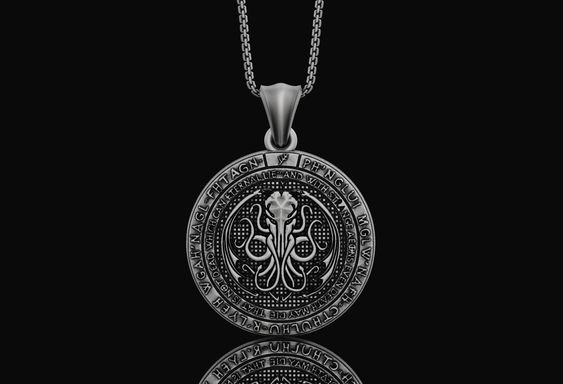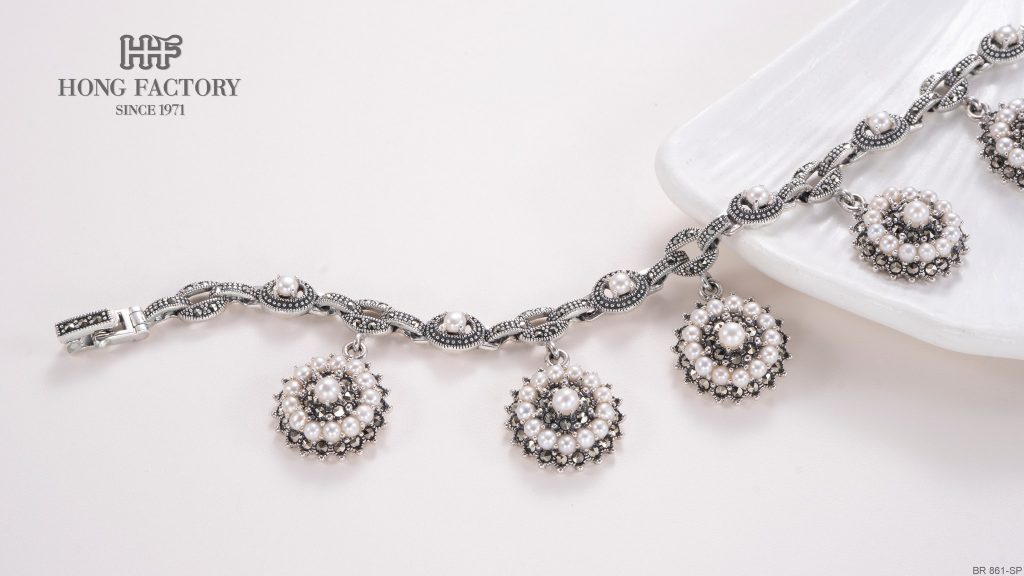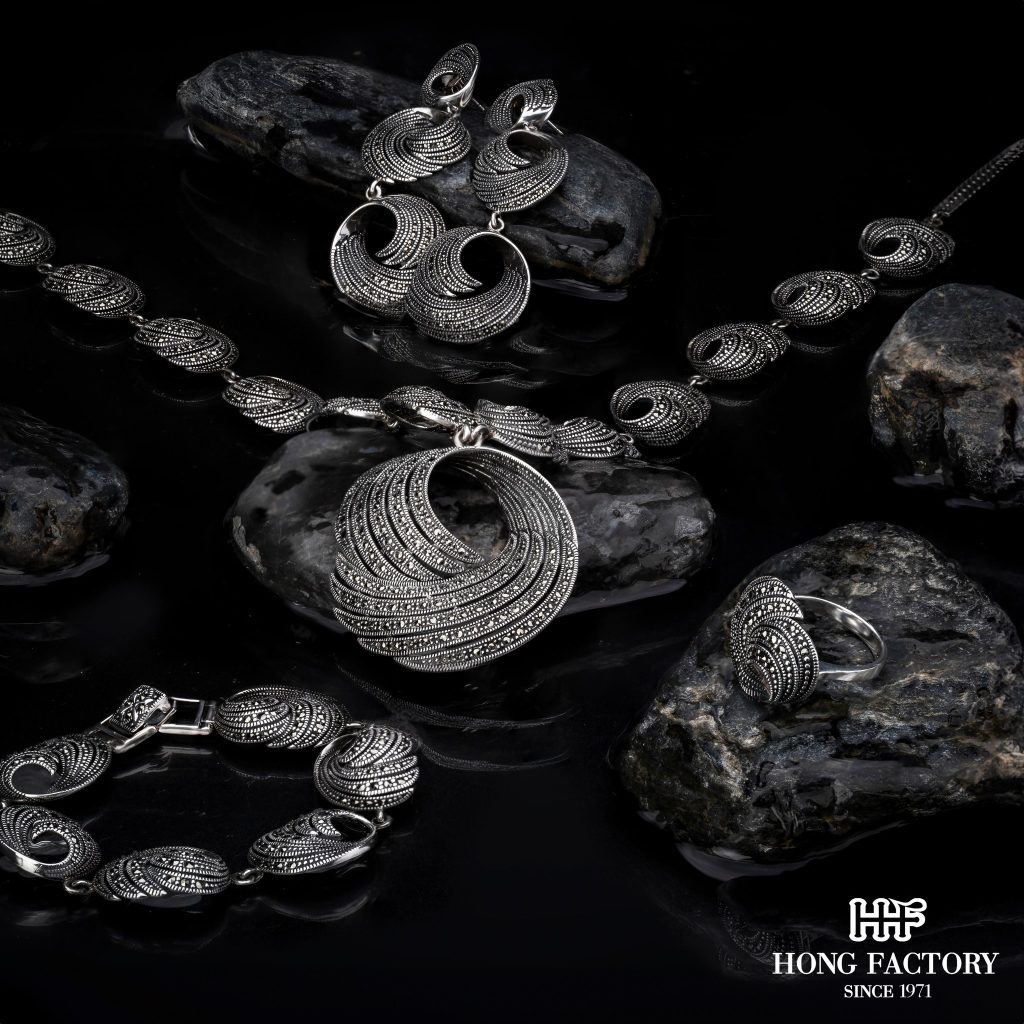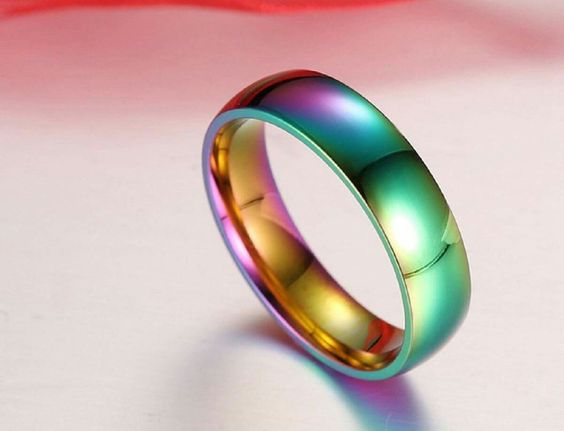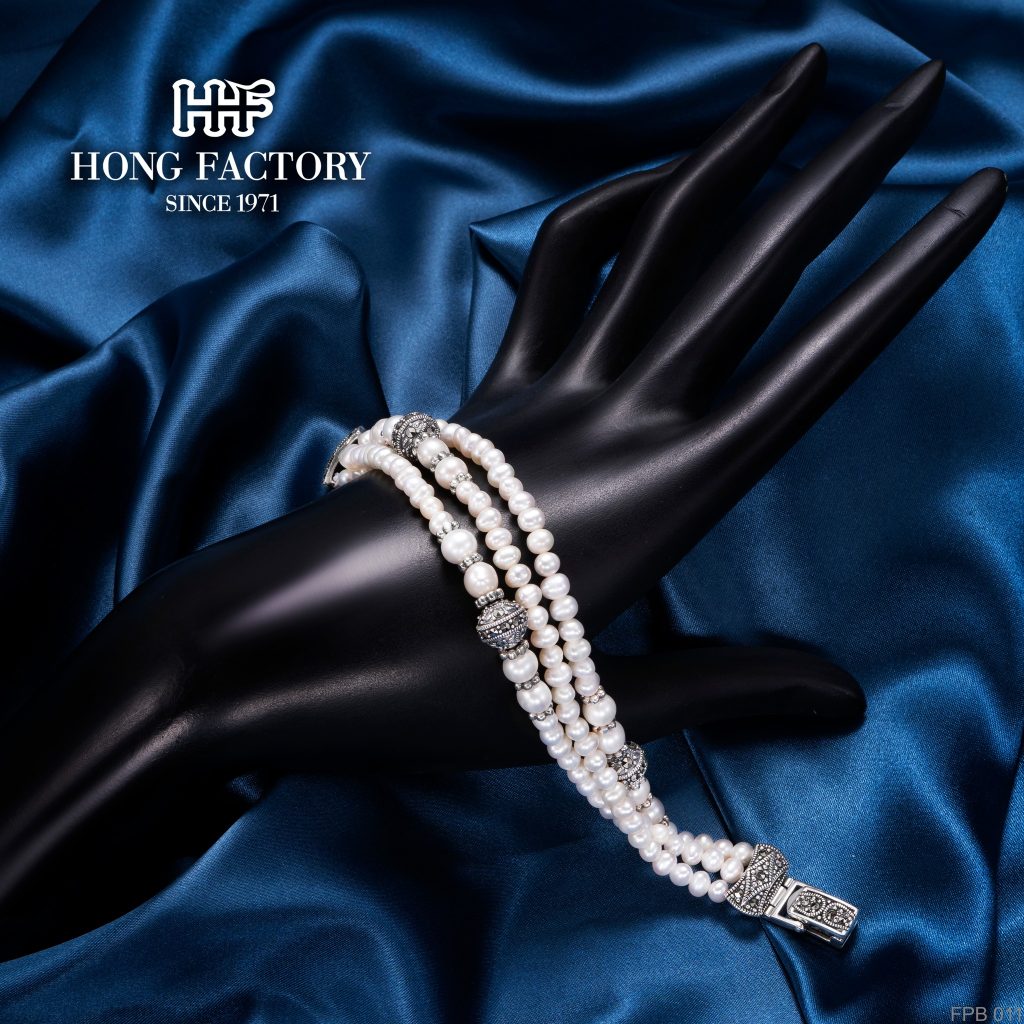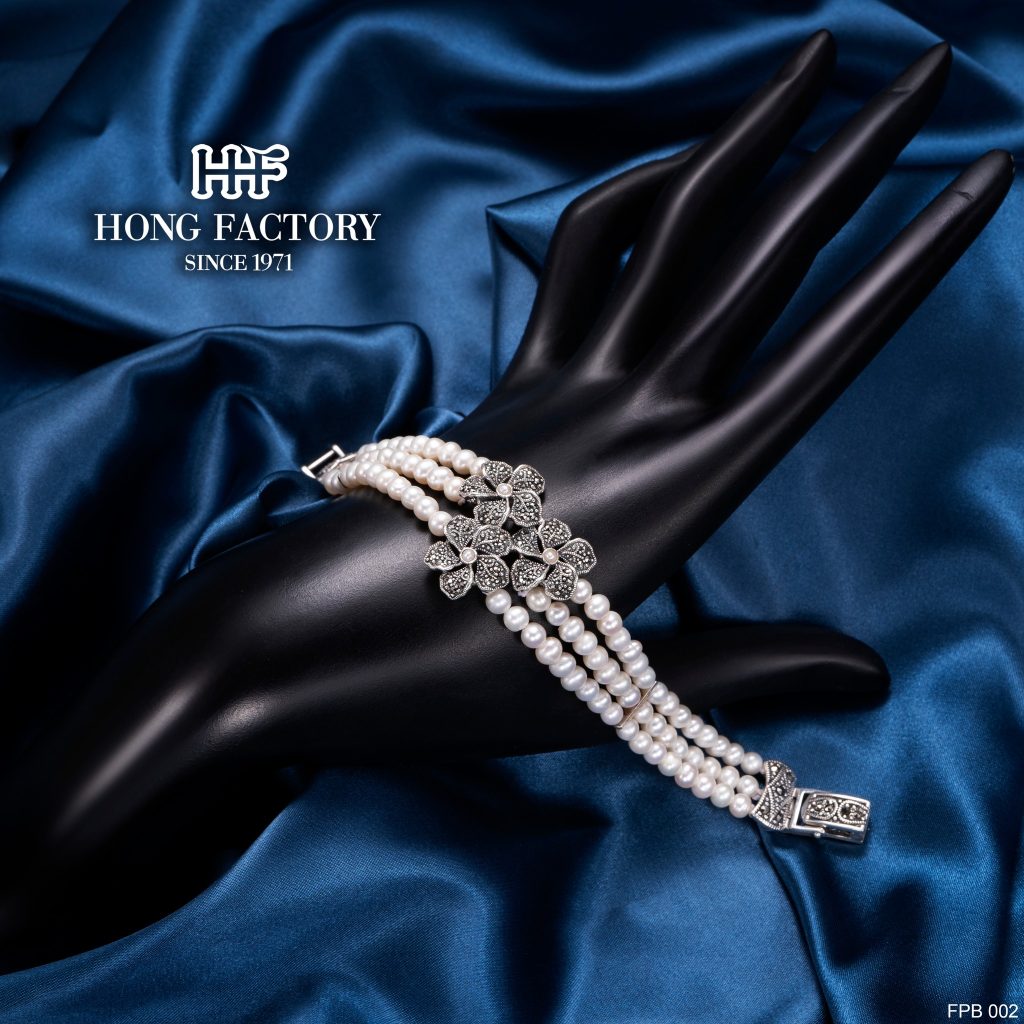Gold jewelry is one piece that constantly remains in style. Trends may come and go, but gold always remains in fashion. This and the various advantages associated with gold, such as it is an anti-inflammatory agent, non-allergic, a regulator of body temperature, aiding oxygen distribution, and the very fact that gold fits right in with various outfits makes it a piece of desirable jewelry to deal with. Gold Plating
If you are a jewelry manufacturer interested in going into the gold business or you’re already in it, you constantly think of how to get your customers to buy golden jewelry. Still, you don’t always get many sales as you would like because customers generally believe gold is costly; why not try gold-plated jewelry? What gold plated jewelry is, its tremendous advantages, and more you would find out if you stick with us through this article. So off we go. Gold Plating
Everything You Should Know About Gold Plating As A Manufacturer
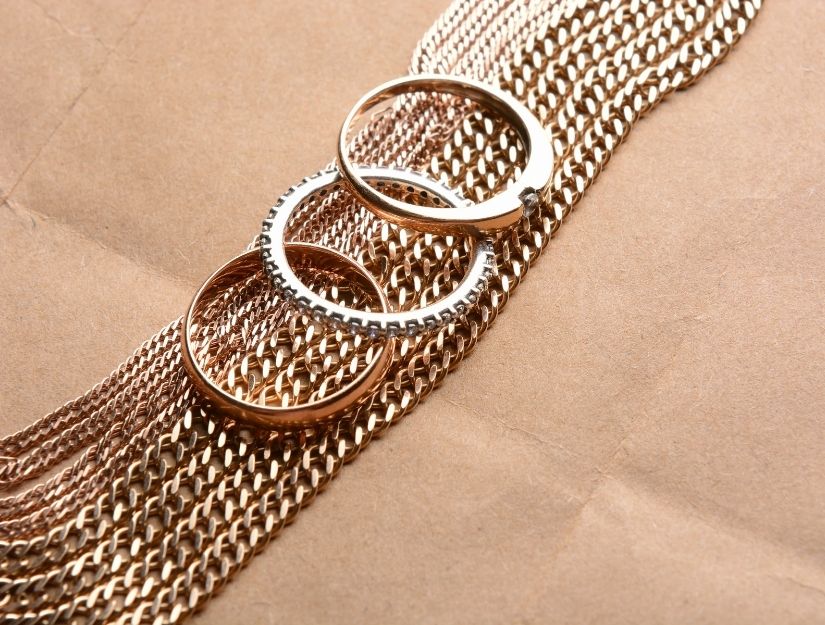
What is Gold Plated Jewellery?
Gold plating basically involves surrounding metal with a generally thin layer of gold. The metal on which the gold is layered is called the base metal. It could be any metal: titanium, steel, copper or silver, or nickel.
However, gold and rhodium are most commonly used in the market. The science of plating was invented in 1805 by an Italian scientist, Luigi Brugnatelli. Gold plating can be done with 18k, 22k, 24k, or generally any category of gold. Gold Plating
Gold Doesn’t Have To Be Expensive.
You read that right. Giving your customers gold jewelry doesn’t have to break their backs financially or yours. Gold Plated jewelry is cheaper than jewelry of pure gold. This is why everyone is so excited about it.
It is real gold(At least on the outside) but more affordable. You can make your customers and yourself happy with gold. What is more? Nobody can tell the difference between pure gold jewelry and gold-plated jewelry just by looking. You can know to give your customers all the golden privileges at a cheaper rate! Gold Plating
How is it Made?
Now that you know how fabulous gold-plated jewelry is, the next thing is to show you how it is made. Gold plating jewelry follows several steps as such: Gold Plating
First Get The Base Metal Cleaned Up
Take your time to rid the base metal of dirt, oil, and other impurities. This is not to be taken lightly, as dirt and oil could prevent the layer of gold from merging perfectly with the base metal.
For thorough cleaning, go for ultrasonic or electro cleaning methods. Streaming may work as well. Once this is correctly done, the base metal is ready for the following procedure. Gold Plating
The first Coating
Before the layer of gold is deposited over the base metal, it could be coated with nickel. Nickel serves as a buffer between the base metal and the gold layer soon to be deposited. This is done to protect the gold plating from corrosive influence from the base metal. Gold Plating
Deciding How Thick The Gold Layer Should Be
The thickness of the gold can be a metal of personal preference, but here are some things to consider. Generally, the thickness of gold-plated jewelry may range from 1.7 to 2.5 microns. Gold Plating
A golden layer of 1.7 microns is very thin, and this is referred to as gold electrolysis or polishing. It is recommended to use 0.05 percent of gold on jewelry like earrings, bracelets, anklets, or necklaces.
This is because a thick layer of gold would bear heavily on the base metal leading to wear and tear. It is ideal for wearable jewelry like rings to deposit a gold layer of between 0.5 and 1.0 microns. This
The Electro Plating Process
Now the base metal is put into a vessel filled with gold to take on Coating. The vessel contains metallic salt from gold. It is mixed with water to form a bath necessary for the process to take place. Jewelry
A positive electric charge is passed into the Solution in a vessel, causing the metal to merge with the gold. This process is called electroplating. Jewelers have been electroplating since the 1840s. Gold Plating
Finishing Touches
Once Coating is done, the piece is now rinsed and left to dry. If you don’t like the result of the process, you might have to repeat it. Gold Plating
How Long Does Gold Plating Last?
Generally, this depends on usage and the amount of wear and tear the piece is exposed to. Over time, the piece begins to lose its Coating, revealing its base metal. While gold plating is appropriately done would last long, some factors would lead to tarnishing, cutting its life span. It should be kept away from moisture.
It is best stored in a dry place. Keep away harsh solutions when cleaning. Don’t handle sweaty or dirty hands, as this could lead to tarnishing. Do not rub the gold-plated jewelry often. Constant hard rubbing leads to the wearing and tearing of the gold coating. Gold Plating
How To Tell If A Jewellery Piece is Pure Gold or Plated?
While the lower prices of gold-plated jewelry can indicate that it is not pure gold, it’s often necessary to know how to tell the two apart. If you see an uneven hue or a crack, it could indicate a base metal below. Pure gold jewelry is often stamped. This is for controlling purposes. You can tell this way if your gold is plated or not this way. Gold Plating
Does Gold Plating Cause Allergies?
Pure gold on its own is hypoallergenic, meaning it causes no reaction with sensitive skin. However, gold comes in contact with other metals during gold plating, which may be lacking in this ability.
Nickel, zinc, and cobalt have been known to cause reactions on sensitive skin. One way to avoid this is to increase the thickness of the gold layer to prevent contact with the skin. But then the gold may wear off over time, causing allergies. To be safer, use a base metal that has little allergy-causing properties for your allergic metal customers. Gold Plating
